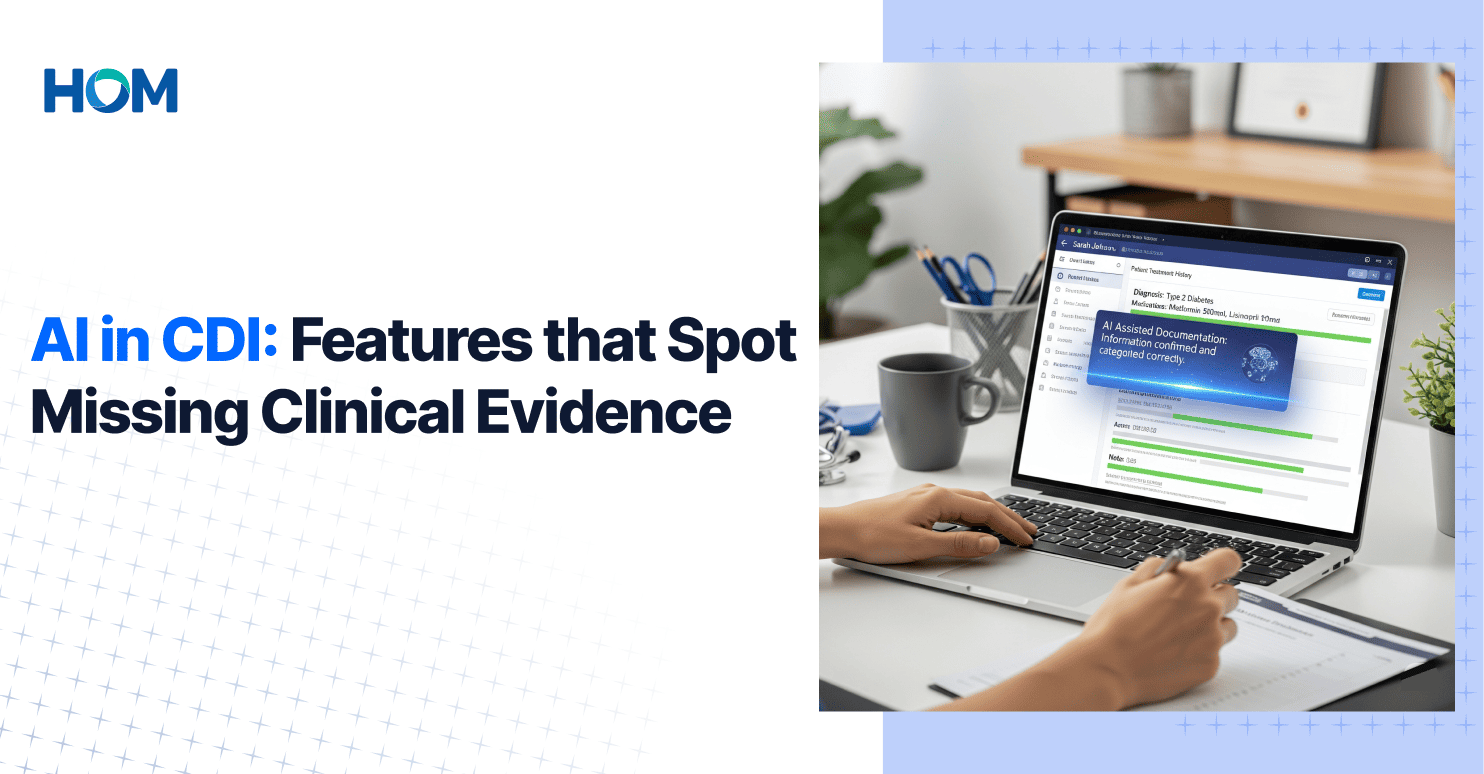
Virtual Medical Scribing involves a professional (the Virtual Medical Scribe) connecting with a healthcare provider through a telemedicine platform to document the physician-patient interaction in real time as the provider delivers care. The advent of Virtual Medical Scribes has transformed healthcare by enhancing clinical documentation, streamlining workflows, and improving efficiency through advanced technologies. AI and natural language processing (NLP) are set to further automate documentation tasks, leading to more accurate and efficient record-keeping.
Documentation burdens have increased with the rise of electronic health records (EHRs), leading many health care providers to use medical scribes to reduce administrative tasks and refocus on patient care. Scribes—that is human or virtual—is critical to EHR management, enabling providers to prioritize high quality care.
As technology advances, AI-driven virtual scribes are revolutionizing healthcare by handling routine documentation tasks and reducing paperwork. To optimize workflows and improve practice efficiency, physicians should consider adopting these innovative solutions.
Emerging Developments in Virtual Medical Scribe Technology
Here are some of the key emerging trends and innovations transforming virtual medical scribe technology:
- Automation of Transcribing to Enhance Accuracy and Improve Speed: The fast pacing development in the technology of Natural Language Processing (NLP) is bringing innovation across sectors including medical documentation. Virtual scribes, with this technology, will be able to comprehend and record complex medical talks more accurately as NLP algorithms advance, resulting in more efficient and accurate documentation. Healthcare personnel operate more efficiently as a result of the decrease in manual data entry. This integration not only improves the precision of patient records but also supports better management of care outcomes and optimizes the revenue cycle by reducing errors and accelerating data processing.
- Contextual Understanding for Better Decision Making: The technology behind virtual scribes is advancing beyond mere transcription and documentation. Future innovations are aimed at enhancing virtual scribes' ability to understand their context and support decision-making. These intelligent systems will analyze patient interactions in real time, extract relevant information, and provide actionable insights to healthcare providers. This contextual understanding will facilitate more informed clinical decision-making, ensuring that patients receive precise and personalized care.
At HOM, these advancements align with our commitment to integrating cutting-edge technology into healthcare services. Our platform leverages sophisticated tools and algorithms to enhance medical documentation and streamline workflows. By incorporating contextual understanding capabilities, we support healthcare providers in delivering high-quality care efficiently. Our services are designed to harness the power of these technologies, enabling providers to make better decisions and improve patient outcomes while optimizing their revenue cycle management processes.
- Patient Data Collection using Wearable Technology: Virtual medical scribes will use wearable technology and the Internet of Things (IoT) to enhance real-time data collection as patients interact with patients. Virtual scribes can get a complete picture of a patient’s health by integrating data from wearable devices and biosensors. This integration gives providers access to the most comprehensive patient data available, enhancing documentation and encouraging prompt care.
HOM enhances patient care coordination and clinical decision-making by utilizing real-time data from wearable technologies. Better clinical documentation and more efficient patient health management are made possible by this connection, which eventually improves patient outcomes and streamlines revenue operations.
- Language Diversity and Integration of Cultural Sensitivity: As the world gets more varied, virtual scribe technology has to change too. It needs to be able to deal with linguistic and cultural variations well. In order to facilitate smooth communication between healthcare professionals and patients from diverse backgrounds, future advances will concentrate on developing virtual scribes that can accurately translate and transcribe discussions in many languages. Additionally, these scribes will be built with an awareness of cultural settings, which will improve their capacity to deliver care that is sensitive to cultural differences.
- Robust Safeguards for Data Protection: As virtual medical scribe technology becomes more prevalent, ensuring the security and privacy of patient information will be paramount. In the near future, strong encryption, secure transfer of data, and limited access will be the main focus on further advancements to safeguard sensitive information. For such technologies to move forward, it is apparent that there will be legal constraints such as HIPAA. The services of HOM have been developed to meet these strict expectations, whereby patient confidentiality is preserved as health information is effectively integrated into the electronic health record systems. Achieving the right balance between efficient data management and stringent security will be key to the widespread adoption of virtual scribe technology.
- Advanced Decision-Making Tools and Data Insights: Healthcare practitioners may be able to use virtual scribe technology to generate insightful data for clinical decision support and advanced data analytics. These systems can find patterns, trends, and correlations in massive amounts of anonymized patient data that help with illness prevention, customized treatment planning, and medical research. Significant gains in population health management and healthcare outcomes are possible with this data-driven strategy.
Conclusion
With technologies like AI, NLP, and IoT integration, virtual medical scribe technology is poised to revolutionize the healthcare industry through improvement in documentation accuracy and optimized workflow processes that would help in clinical decision-making. As they progress, they hold potential for improving patient outcomes and optimizing revenue cycle management while reducing the administrative constraints of healthcare providers. Leading this change is HOM, which provides services that use these state-of-the-art technology to provide accurate, effective, and culturally competent healthcare solutions. Healthcare providers hoping to improve patient outcomes, guarantee data security, and improve treatment delivery for a variety of patient demographics will need to adopt these innovations as the sector develops.
Bring a change to your Healthcare Operations
A partnership with HOM gives you an inherent:
Connect with our experts for a quick analysis and possibilities.

















